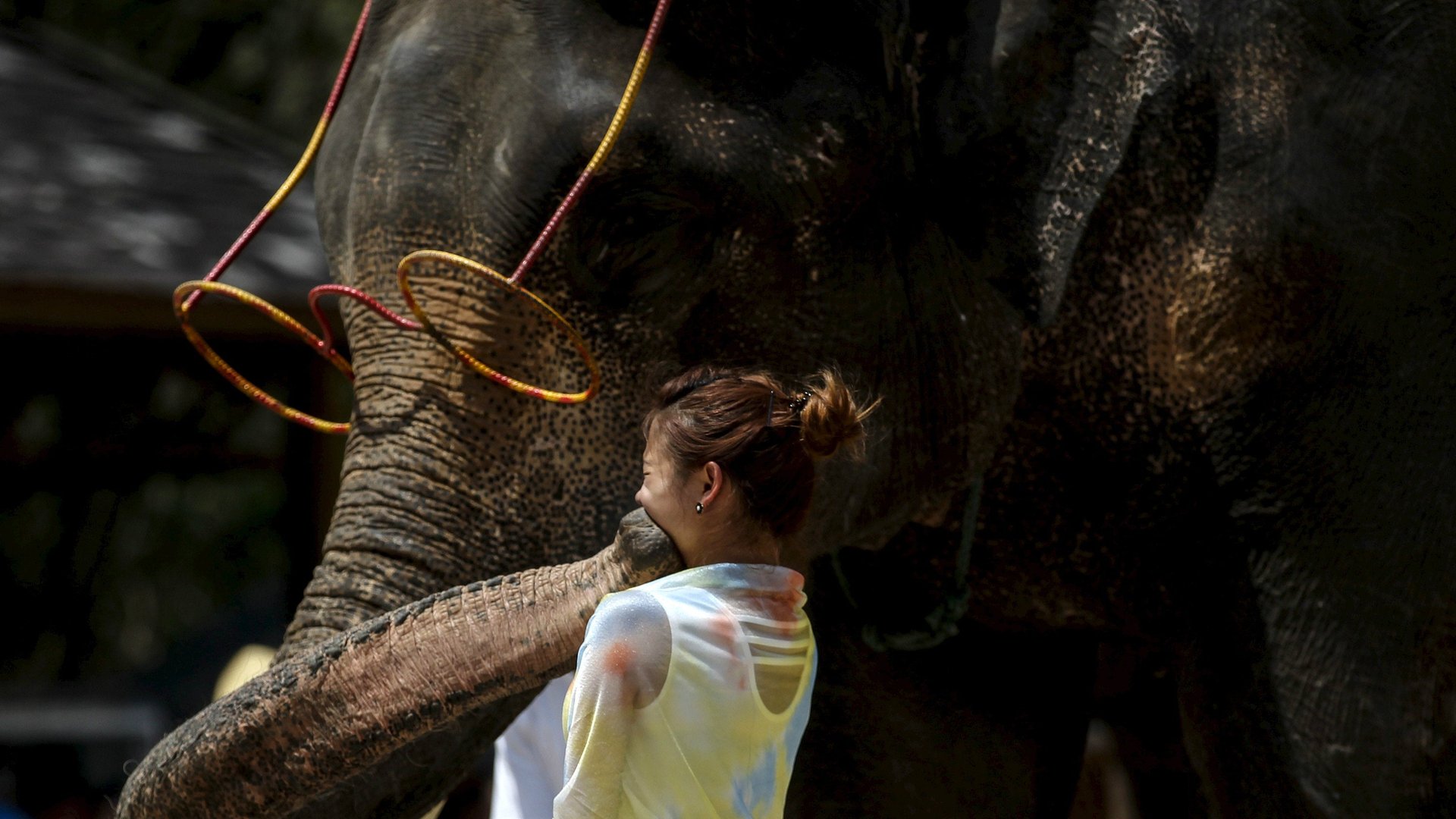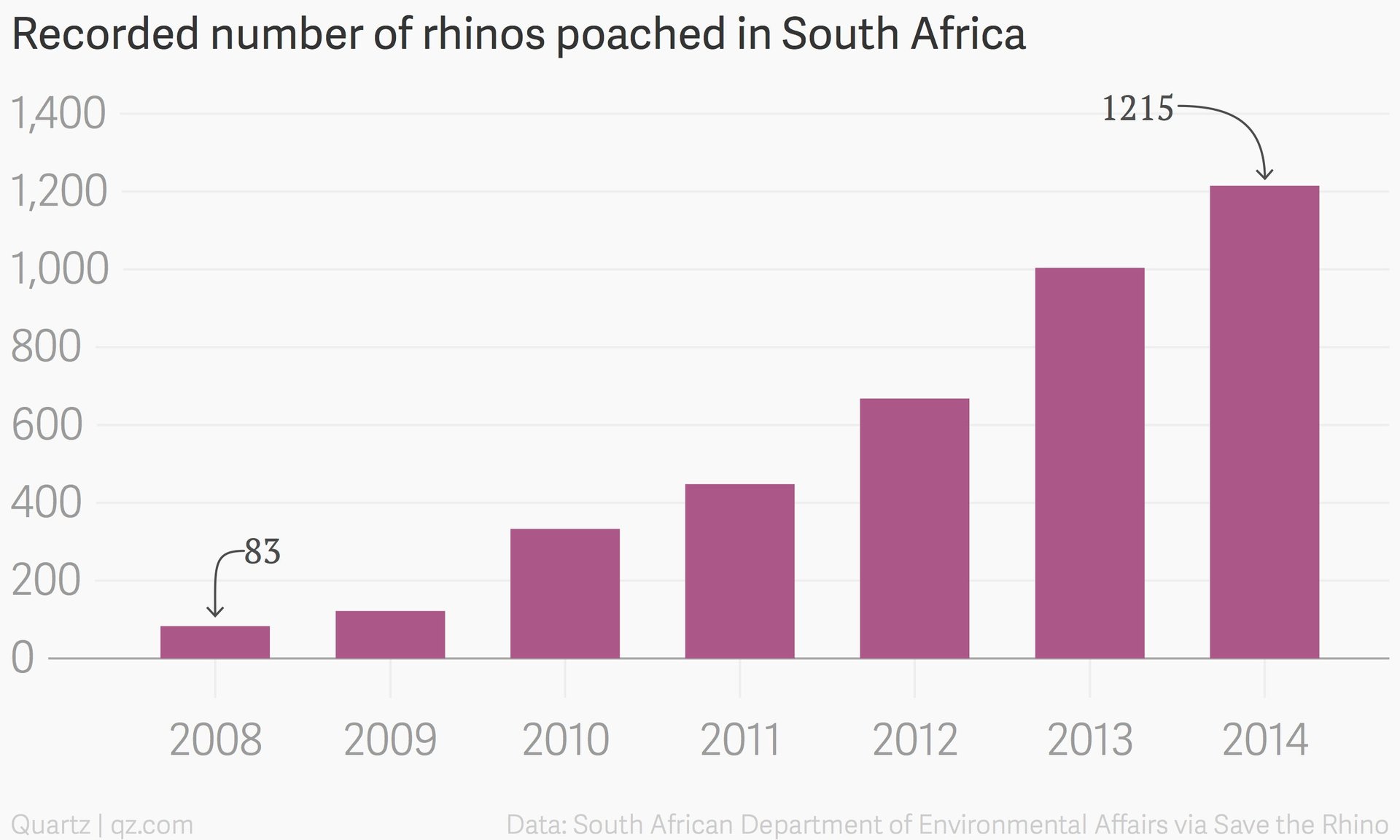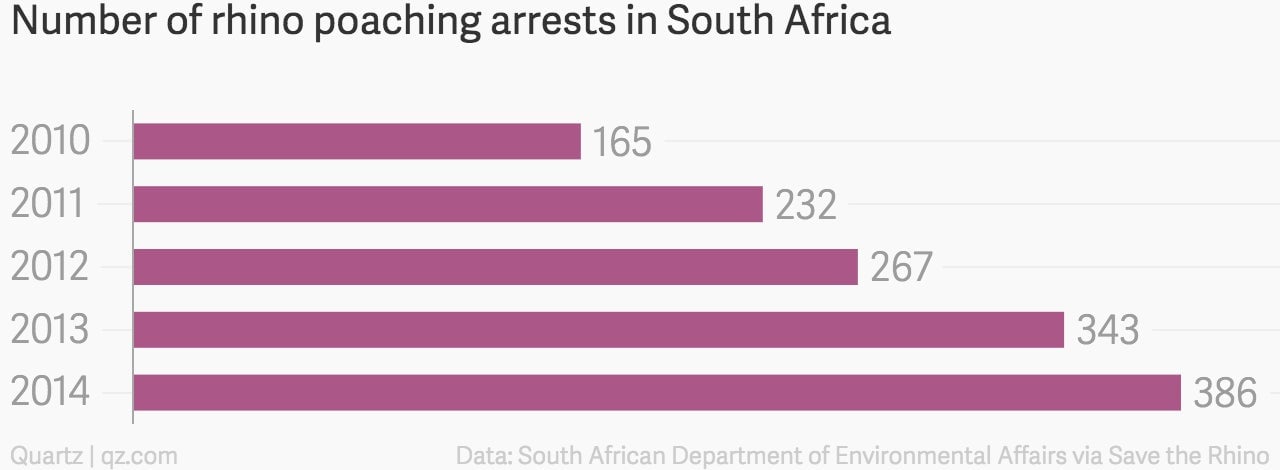A new census reveals the poaching crisis in Africa is worse than we thought
The Tanzanian government’s census of elephants in the country reveals some devastating news: Since 2009, the country has lost close to 60% of its elephants.


The Tanzanian government’s census of elephants in the country reveals some devastating news: Since 2009, the country has lost close to 60% of its elephants.
The minister of natural resources and tourism Lazaro Nyalandu blames poaching for the animals’ ivory tusk as the primary reason for such high number of deaths. “The probable reason could be an increased demand for ivory, particularly in the Far East countries,” he said at a press conference.
This news comes a week after Tanzania’s southern neighbor Mozambique announced its own census of the country’s elephant population which revealed that they have lost close to 50% of the animals.

In east Africa, Kenya and Tanzania have become primary export points for the illegal trade of ivory on the continent destined for China and Thailand, according to the Convention on International Trade in Endangered Species of Wild Fauna and Flora (CITES).
In 1979, Africa boasted an elephant population of 1.3 million. That number fell to an estimated 472,000 – 690,000 animals by 2007.

In 2014, a report prepared by Environmental Investigation Agency (EIA) accused officials in the Tanzanian and Chinese governments of being complicit in the smuggling of ivory from the east African country. At the time, foreign minister Bernard Membe vehemently denounced the report arguing that it was being used as a tool to besmirch the relationship between the two nations. “They are jealous and hate the Chinese while they still depend on them; they take loans from them and trade with them but don’t want us to do so,” Membe said of the London-based EIA report.
Over the last year, the Tanzanian government has increased its efforts to clamp down on poachers, with some high profile arrests. And in China, Zhao Shucong, head of the State Forestry Administration, announced last month that the country will start to regulate its legal ivory trade.
The country has also made significant efforts to curtail illegal smuggling of ivory, which is the main driver of poaching. Traders found to be operating illegally have been shutdown, arrests have been carried out and authorities are regulating online attempts at circumventing monitoring, reports Nature. The former Houston Rockets and Chinese basketball star Yao Ming has been enlisted in campaigns to discourage the buying of ivory, which could help undermine its cache amongst consumers.
Rhino extinction
But elephants aren’t the only animals targeted by poachers on the continent.
In South Africa, the country with one of the highest population of rhinos in the world, is in danger of losing them. Conservationists argue that if the current rate of poaching continues, deaths could overtake births by 2016-2018, leading to extinction sooner rather than later.

Namibia has also been a victim of poaching. The country has lost 95 black rhinos and 8 white rhinos to poaching since 2005, the ministry of environment and tourism has announced. Last year alone, the southern African country lost 24 rhinos and 78 elephant to poaching, Bloomberg is reporting.
In South Africa, authorities have been working hard to curtail the illegal trade, with arrests over poaching rising every year since 2010.

The demand for rhino horns in China and Vietnam is fueling the problem of poaching, conservationists argue. With no clear medical benefits, it is, however, used in some Asian countries as a cure for cancer and sometimes hangovers. And for some wealthy individuals, a rhino horn is a demonstration of one’s rich status.
As we’ve written before the rhino’s horn can sell for as much as $75,000 (£50,275) per kilogram (horns weigh roughly 1 to 4 kilograms) when they’re ground into dust and sold on the black market in China. And in Vietnam, a growing myth that ingesting the horn can cure cancer has made them worth over $100,000 (£67,000) per kg. In 2006, a single horn was worth only $760.